Are you teaching cursive to your children?
Many schools today are eliminating penmanship from the curricula or not teaching cursive until 2nd or 3rd grade which often leads to the formation of bad habits. Not to mention, children tend to struggle during this transitional period. I have a strong desire to make sure that my daughter can write legibly and accurately in cursive. This workbook program was created for teachers in hopes that they'd consider teaching cursive first rather than manuscript to avoid transition problems with cursive in the later years. Looking back, I wish I had taught Alyssa cursive before manuscript writing.
The consumable book consists of 114 black and white pages and is part of a cursive penmanship program written by Iris Hatfield who has 35 years of experience with teaching handwriting. This flexible cursive program is suitable for children in grades 1-4. It is NOT reproducible so you'll need one book for each child. It has a spiral binding at the top. The book is printed in landscape format and lays flat on the table making it easier for both right and left handed students to use. The binding doesn't interfere with their writing.
The book teaches both upper and lowercase cursive letter formations in alphabetical order using a multi-sensory method designed for beginning writers. Additionally, a few words beginning with the focused letters are taught and connections are practiced increasing in difficulty over time. Children are encouraged to say the name and sound of the letter. Younger children can air write or walk the letter on the floor which helps develop large motor skills. I asked Alyssa to trace the larger letter with her pointer finger since this wasn't her first time working through the cursive letters.
An introduction discusses the development of the New American Cursive Penmanship Program. It also explains the reasons and importance for teaching cursive in the earlier years. The three-page teacher guide that follows these pages at the beginning of the book doesn't provide daily lesson plans. However, it does contain valuable teaching tips with regards to the 3 P's: Paper Position, Pencil Position, and Proper Posture. The guide also discusses the goals of penmanship which are to write legible, fluidly, and automatically. Paper placement and pencil position reminders are noted at the bottom of many pages. Cursive letter and number charts are found on the inside of the front and back covers as seen below.
The simplified font is legible, appealing to the eye, and promotes easier formations with fewer strokes. These strokes aid the child's writing for speed and accuracy. Memoria Press states that "There are 26 fewer strokes than the top three most common cursive programs." Several letters (F, T, and Z) were similar to the manuscript form. One thing you should be aware of is that some letters don't start at the baseline.
Distracting, flashy images don't clutter the lesson pages of the workbook. The lines naturally slant to the right which reduces hand fatigue. The line explanations are first seen on page 26 using the "Letter House" terms: Attic, Second Floor, First Floor and Base to aid the parent when verbalizing the letter formation directions.
Additional lined reproducible pages using line size 36, 42, and 48 are included at the back of the book for extra worksheet practice. For example, these lined pages are used when children are working on legibility of their handwriting. They trace the "Pledge of Allegiance" into two parts and then write the entire passage on a separate sheet.
In the beginning, Alyssa quickly reviewed the three basic forms for cursive writing:
- Dot
- Straight Line
- Curve
Three detailed pages cover letter connections which are taught using three easily remembered forms: A Smile, a Grin, and a Jump. A whole page is dedicated to understanding and practicing these forms. Helpful clues are mentioned to help you remember the difference between each one.
She even had the chance to evaluate her own writing. At the end of the practice page, she was asked to "Circle the best letter." You'll also find a useful handwriting evaluation checklist on page 109. There's space for you to write additional comments for improvement. The educator can indicate which lowercase, uppercase, and numbers still need improvement by circling them on the list. The handy checklist evaluates the child's handwriting with regards to:
- Style
- Size
- Line Spacing
- Letter Spacing
- Pressure
- Margins
- Slant
- Speed
- Word Spacing.
| Evaluation Practice Can Be Given Weekly or Cumulatively |
| Handwriting Educator Checklist |
How We Used It
I used New American Cursive 4-5 times per week for a minimum of 15-20 minutes each day with my daughter, Alyssa (Age 7 1/2) who was eager to learn a different way to write in cursive. I taught the letters in alphabetical order in the beginning, but we eventually decided to jump around (following a non-alphabetical order) to change things up a bit. Some days . . . I allowed her to choose the letter of the day just for fun.
Before beginning the core lessons we reviewed the 3 P's. Occasionally, classical music was softly playing in the background. My daughter covered one letter each day. Three exercise pages were supplied and completed for each cursive letter:
Practice - She traces letters and will practice writing them twice on 1/2" lines. There's plenty of room to practice writing most letters in between the dotted, traceable letters. Two practice lines are given for both capital and lowercase formations.
Play - She can attempt new letters in the space given. White space was also provided for free art time to develop fine motor skills and add her artwork creations. My daughter didn't utilize this feature very often. She would have been more interested and considered these pages fun had there been an artwork exercise lesson provided.
The Fun Exercises and Artwork Pages promote handwriting and fine motor skills. There are a variety of exercises to complete:
- Large Instruction Page Letter Formations
- Letter Connections
- Individual Letters (Uppercase and Lowercase)
- Short Sentences
- Connecting the Letters of the Alphabet
- Connecting Letters to Form Sight Words or Word Family Words
- Writing Your Name and Age
- Writing Numbers and Number Words
- Write the Days of the Week
- Cursive Sentences
- Thank You Note
- Landscape Format with Spiral on the Top
- Simplified Formations Eliminating Unnecessary Strokes
- Super Cool Meerkat
- Directional Arrows with Start Dot
- Words and Connections Added to the Daily Lesson
- Weekly Testing or Scoring of Letter Formations to Evaluate Progress
- Classical Music Reminders
- Short Lessons
- Multi-Sensory Approach for Young Learners Addressing Different Learning Styles
Visit the Memoria Press website to purchase the New American Cursive workbook which costs $22.95. Lesson plans are also available to purchase for $5.00-$8.00. However, New American Cursive does not require a teacher's guide, because the book contains lessons in addition to teaching suggestions which are all pretty self-explanatory. You can view the Sample Pages on the website.
- Parents may benefit from having Mr. Meerkat's directions describing the letter formations more if presented at the beginning of each letter lesson as an introductory page. The teacher instructional help was very limited with regards to letter formation descriptions.
- It might be helpful to organize the letters by stroke formations, starting position, or letter connections.
- I also suggest one-inch lines for younger children and feel that one practice letter between each dotted letter is sufficient if working with children between the ages of 5-7.
Alyssa really liked the new workbook and preferred it over the one that we were previously using. We will definitely continue using this book for the rest of the year and throughout summer. I might spread out the exercise pages for one letter utilizing them throughout the week rather than completing all of them in one day. This is actually her third time through cursive letter formations. After this book, she'll move onto more complicated books or levels practicing sentences and short passages. We may purchase the Level 2 workbook with scripture quotes in the fall.
She also has the ability to read cursive writing better. We found a few old letters from her Great Aunt. It brought her so much joy to flawlessly read the cursive words. This is an fantastic penmanship program that makes handwriting a positive, pleasurable experience! New American Cursive is user-friendly and very simple to use.
Now that Alyssa is beginning to master the letter formations, we'll focus more of our attention on the 3 S's: Size, Spacing, and Slant. She does rush through the tracing exercises so one goal I have is to encourage her to carefully trace with accuracy.
We eventually decided that writing each letter twice was a little too much. She was squeezing them in the space provided and the letters were too skinny. I'd rather have a few well-formed, neat letters than many that may not be her "best" work.
| One letter between tracings |
Other Helpful Resources
We found out that Memoria Press hosts an annual New American Cursive Penmanship contest. The company provides you with a practice "Pledge of Allegiance" page at the back of the book (p.108). Alyssa is practicing in hopes to enter next year since we found out at the last minute.
We also found this video helpful when working on pencil positioning.
Recommendations
New American Cursive: Penmanship Program Workbook 1 published by Memoria Press is an excellent beginning cursive program for children new to cursive or for those with some experience with cursive. I recommend it for homeschool and classroom settings. I want to utilize this program with students I tutor in penmanship. Home educators utilizing a classical education approach will especially like this classical curriculum. I believe that it would be a great introductory book for first and second graders (ages 6-8) learning cursive because of the more simplified approach. Children in other grades (older and younger) may also benefit from using this program if they are beginning cursive or needing a refresher course. There are several workbooks available to choose from in this program.
You may find it helpful to purchase the complementary StartWrite/NAC handwriting software program to create personalized cursive handwriting worksheets or copywork exercises in the New American Cursive font. Additional handwriting sheets can be created to reinforce penmanship and can integrate content from other subjects. I wish the newer version of the StartWrite program ($29.95) worked on MAC computers, because I would consider purchasing it.
Social Media
Google +
Read other New American Cursive: Penmanship Program Workbook 1 reviews by visiting the Schoolhouse Review Crew blog or by clicking on the button below. Several Crew members are also reviewing the First Start Reading books. Keep an eye out for my Latina Christiana review in June which is also another product offered through Memoria Press.







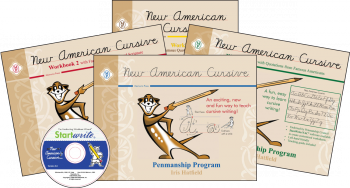

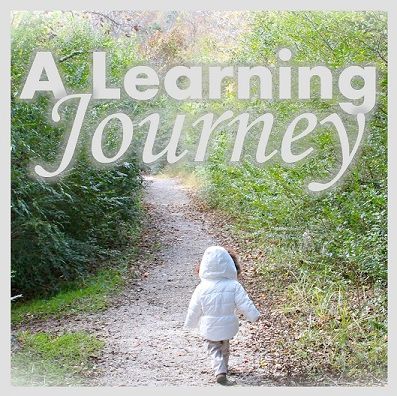






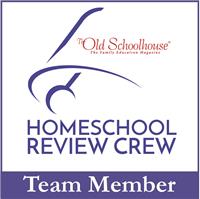
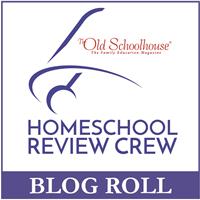




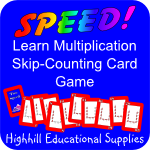
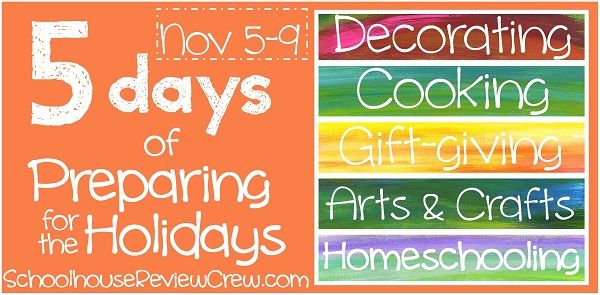
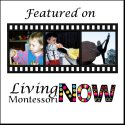


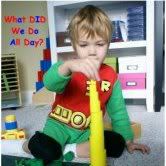

No comments:
Post a Comment